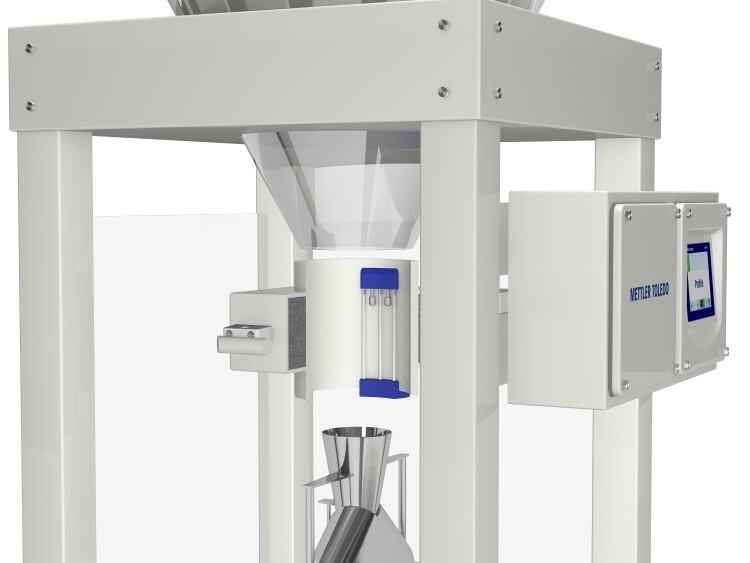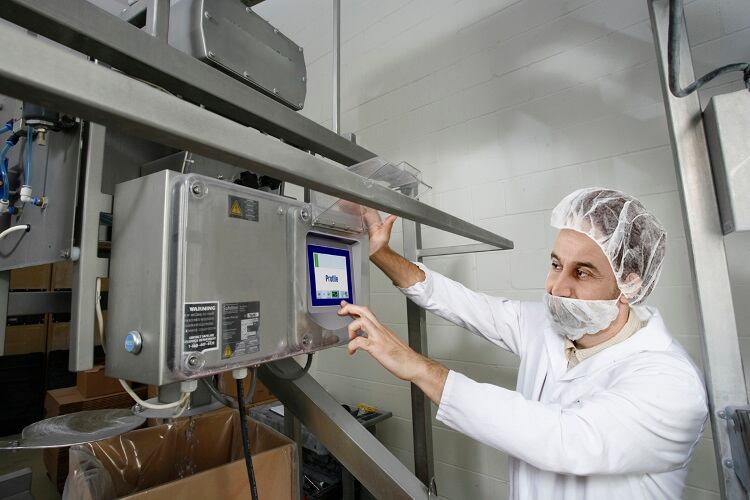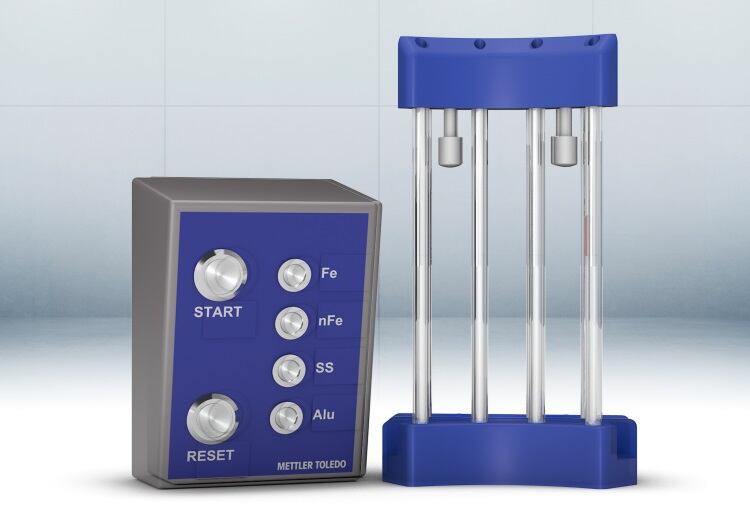The food industry has witnessed a surge in food recalls in recent years. In the EU, food recall notifications were up by 25% in 2021 compared to 2020. These not only jeopardise consumer health but can also damage brand reputation and result in legal liabilities.
Typical factors contributing to metal contamination include equipment failures or breakage, inclusion in raw materials and human error.
This is where metal detection systems come in to play - an essential guardian utilising cutting-edge technologies to detect and reject metal contaminants. These versatile systems work across a wide range of food applications, helping to ensure the purity and safety of products, while also complying with industry regulations.
“Metal detection systems are instrumental in supporting food safety by identifying metal contaminants with exceptional precision,” said Rob Stevens, market manager for Mettler-Toledo Safeline Metal Detection.
“They are equipped with advanced sensors, software and sophisticated algorithms to detect small traces of metal, leaving no room for compromise when it comes to consumer wellbeing.”
For example, in the production of packed goods, the system will detect foreign objects that may have inadvertently entered the processing line. Using electromagnetic fields to scan the products, they swiftly identifying any contaminants and triggering an immediate rejection mechanism.
Added Stevens, “Metal detection systems are versatile and adaptable, catering to a wide range of food applications - from delicate liquids to ice cream and even the driest culinary creations such as snacks and cereals.
“These systems are designed to meet unique application challenges regardless of the size, texture, temperature or moisture content.
Smart inspection tech also enables these systems to precisely target specific metal types, such as ferrous, non-ferrous or stainless steel, which means their detection capabilities can be tailored to the unique requirements of the food production environment. This level of customisation offers optimal sensitivity and minimises false rejections, allowing for accurate identification and removal of specific metal contaminants.
No matter the environment, contaminant or product, “metal detection systems rise to the occasion,” said Stevens.
Trust the tech

Advanced software lies at the heart of the system’s performance and reliability.
Automatic Test System (ATS) offers repeatable, accurate testing of vertical metal detectors for applications such as snacks, crisps and bulk flour, along with granulates like sugar and food additives. The system transports test samples by pneumatic control up discreet non-metallic tubes inside the metal detector’s aperture to a defined position within the sensing coils. It’s a hygienic, non-invasive and consistent method for testing the centre line performance of metal detectors used in vertical inspection applications, helping to reduce human error while also protecting operators who no longer need to work at height or reach across equipment to conduct tests.
Intelligent software algorithms incorporated into the inspection tech also help to minimise False Reject Rates (FRR), making sure product inspection processes operate at their highest potential in heightening levels of food safety, while improving efficiency and reducing waste.
By positioning metal detection systems upstream of the packaging equipment, metal contaminants can be removed from the line at an early stage. This proactive approach significantly reduces the risk of downstream machinery becoming damaged by metal contaminants.
Metal detection systems can also be placed at different points of the production line to avoid interruptions and maintain the integrity of the entire production line.
As clear as (non-contaminated) consommé

The bottom line? “The seamless integration of metal detection systems into production lines helps improve productivity,” said Stevens.
“By automating essential processes and swiftly detecting and removing metal contaminants, these systems significantly reduce product recalls, while saving time and resources. The increased uptime provided by metal detection systems helps lead to uninterrupted production, minimising costly downtime and maximising outpu, to boost overall productivity.
“Metal detection solutions go above and beyond in the benefits they offer manufacturers.
“A high-level of automation provides real-time monitoring, data capture and traceability, empowering manufacturers to meet the relevant standards with the integration of advanced software solutions, such as ProdX.
“This technology enables manufacturers to embark on a journey of digitalisation and proactive decision-making, delivering streamlined quality control processes, high levels of due diligence through regulatory compliance and a swift response in case of incidents or recalls.”
Added Stevens, “It really is as clear as a (non-contaminated) consommé that metal detection systems provide a win-win solution for consumers and manufacturers.
“Through detecting and eliminating metal contaminants, these systems help protect consumer health, preserve brand reputation and minimise costly product recalls. The advancement of automation and real-time monitoring provides an effective way to future-proof production lines, resulting in less room for human error and more consistent productivity and operational excellence.”




